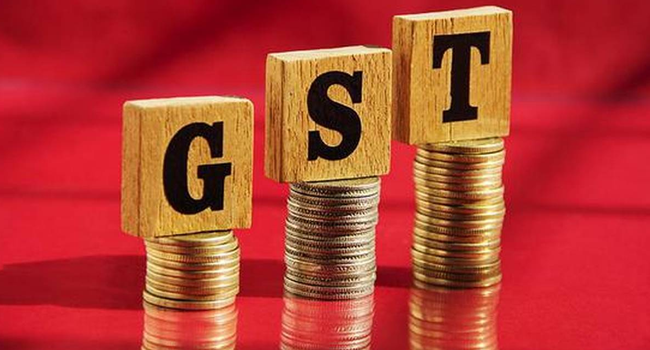Over 4 lakh businesses to issue e-invoices as threshold lowers to Rs. 5 crore from August 1
From August 1, an additional over 4 lakh assesses will be required to issue e-invoice mandatorily as the new threshold of aggregate annual turnover of Rs.5 crore will be in place from said date.
At present, the threshold is Rs. 10 crore, which was Rs. 500 crore when mandatory generation of e-invoice implemented from October 1, 2020. At present, around 6 lakh assesses are required to comply with this mandatory norm, which will swell to around 10 lakh after lowering the threshold, says Dheeraj Rastogi, an Indian Revenue Service Officer of 1994 batch and Executive Vice President with GSTN. This number does not include exempted categories such as banks, Non-Banking Financial Companies or insurance companies.
As per Rule 48(4) of CGST Rules, notified class of registered persons have to prepare an invoice by uploading specified particulars of the invoice (in FORM GST INV-01) on Invoice Registration Portal (IRP) and obtain an Invoice Reference Number (IRN). After following the above ‘e-invoicing’ process, the invoice copy containing inter alia, the IRN (with QR Code) issued by the notified supplier to the buyer is commonly referred to as ‘e-invoice’ in GST.
Because of the standard scheme, ‘e-invoicing’ facilitates the exchange of the invoice document (structured invoice data) between a supplier and a buyer in an integrated electronic format. It is important to note that ‘e-invoice’ in ‘e-invoicing’ doesn’t mean the generation of an invoice by a government portal. The invoice not registered on the portal will not be valid. In such a situation, input tax credit (ITC) on the same cannot be availed by the recipient and will attract applicable penalties.




